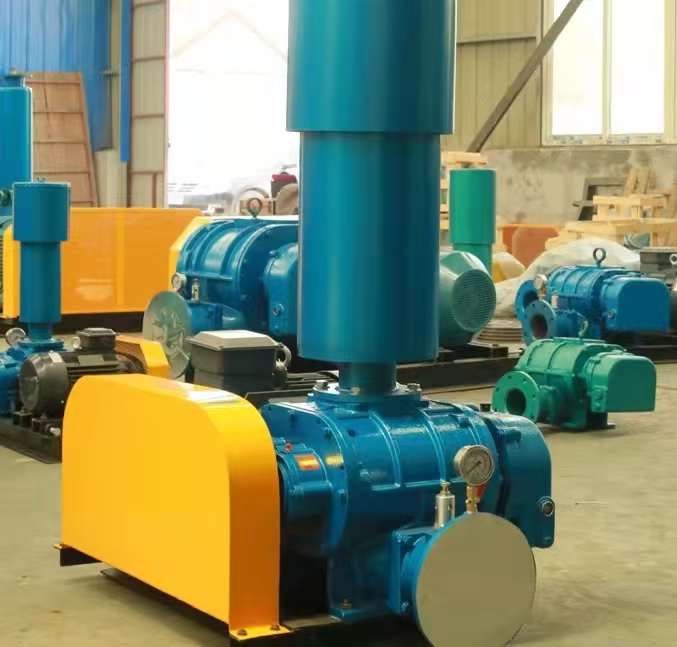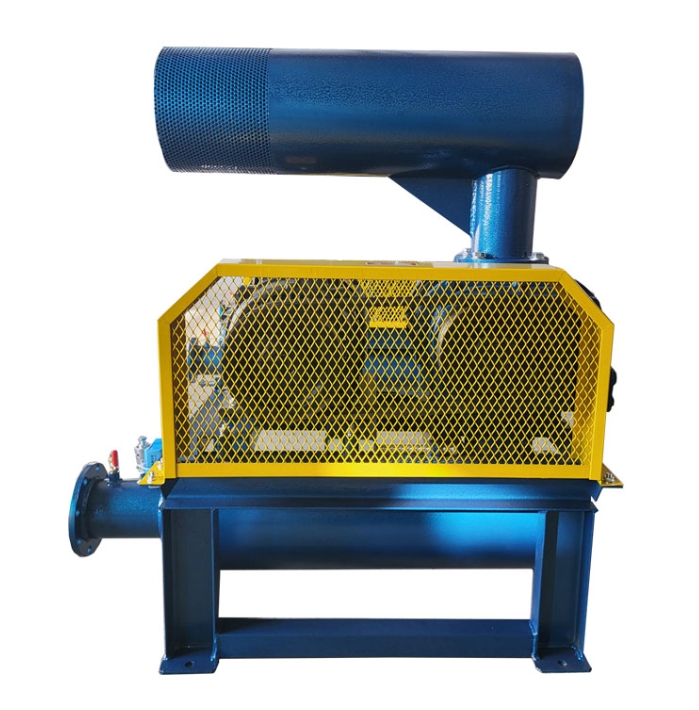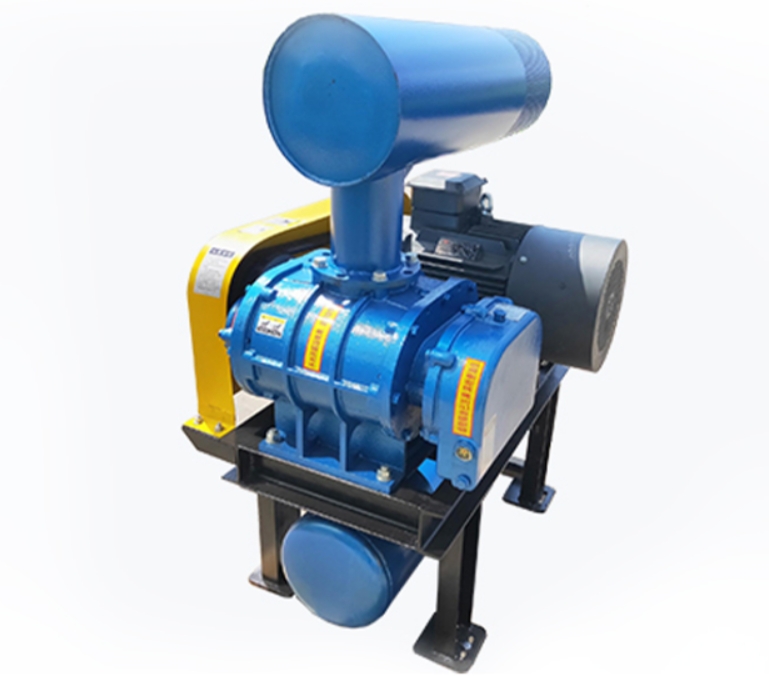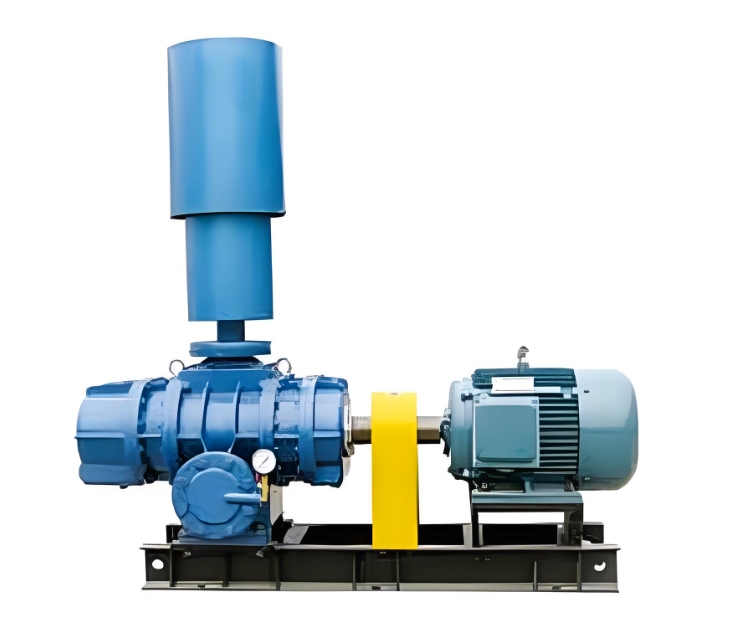Submerged Roots blower is a water oxygenation device with the following characteristics and applications:

characteristic
1. Oxygenation: Submerged Roots blowers force air into water, generating tiny bubbles that exchange oxygen with the water during their ascent, significantly increasing the dissolved oxygen content of the water.
2. Strong agitation: This fan adopts unique aerodynamic technology and blade design, which can generate vortex and turbulence effects, effectively agitate the sludge and waste deposited on the bottom of the water, and prevent their deposition.
3. Low noise: Compared with traditional water oxygenation equipment, submerged Roots blowers have lower noise during operation and have less impact on the surrounding environment and aquatic organisms.
4. Easy maintenance: The submerged design allows the equipment to operate stably in water for a long time, with minimal daily maintenance workload.
5. Wide applicability: Suitable for various deep and shallow water places, including lakes, reservoirs, small water pools, landscape water bodies, etc.
application
1. Improvement of river and lake water quality: Submerged Roots blowers effectively improve eutrophication of water bodies by increasing dissolved oxygen levels, reducing algae growth, and enhancing water transparency and color.
2. Wastewater treatment: In the process of wastewater treatment, submerged Roots blowers can be used for sludge aeration, sludge mixing, and sludge agitation to improve treatment efficiency.
3. Aquaculture: Providing sufficient oxygen for aquaculture to promote the growth and metabolism of aquatic organisms.
4. Water ecological restoration: In water ecological restoration projects, submerged Roots blowers promote the recovery and stability of aquatic ecosystems by increasing dissolved oxygen in the water.
Selection precautions
1. Required air volume: Determine the air circulation per unit time based on actual demand.
2. Medium characteristics: Consider the acidity, salinity, and sediment content of the water body.
3. Air quality: Pay attention to factors such as dust content and humidity in water bodies.
4. Historical high water level: consider the impact of rainstorm and other weather on water level to ensure that the fan can still operate normally under submerged condition.
5. Pressure: Determine the required pressure range based on the increase in gas pressure inside the fan.





